Low Ready vs. High Ready: Tactical Ready Positions Explained
In the world of tactical shooting and personal defense, knowing how to position your firearm before engaging a threat is just as important as knowing how to shoot it effectively. Two of the most commonly trained techniques are the low ready and high ready positions. Both play a crucial role in readiness, safety, and adaptability in real-world scenarios.
These positions aren’t just stylistic preferences; they serve specific purposes based on the environment, team configuration, weapon type, and engagement expectations. Understanding when and why to use each can make you a more efficient, confident, and safe operator, whether you’re clearing rooms, moving with a team, or training solo at the range.
The Importance of Knowing Ready Positions
Ready positions are foundational elements of tactical movement. Whether you’re working with a rifle or pistol, knowing how to position your weapon before engagement affects your visibility, reaction speed, and control.
There are several rifle ready positions and pistol ready positions. Low ready and high ready are among the most commonly trained for rifles and shotguns due to their versatility and practical use. For pistols, low ready or Sul (pistol close to the chest, muzzle angled straight down) is more commonly taught. Your ability to transition smoothly from ready to firing can impact both performance and safety.
These stances also play a critical role in close quarters and team-based operations.
Want to see how they apply in confined spaces? Check out our guide on How to Clear a Room.
What Is Low Ready Position?
So, what is low ready position? Low ready is a stance where the firearm is pointed downward at an angle, typically around 45 degrees, below the line of sight, while the shooter maintains visual awareness of the environment and a clear field of fire. Your arms stay engaged, and the weapon remains in your hands, ready to raise and fire within a split second.
What does low ready mean in practical terms? It allows you to avoid flagging non-threats, communicate with others safely, and maintain control in tense situations. This stance is often preferred in scenarios where threats are not yet confirmed or when working around teammates in tight quarters.
Advantages of Low Ready
The low ready position has multiple tactical benefits, especially in defensive or team-based environments. This low ready stance allows the shooter to maintain situational awareness while minimizing the risk of a negligent discharge aimed at someone unintentionally.
Low Ready Provides Better Visibility
Wondering what the low ready position in shooting is good for? One significant benefit is an unobstructed line of sight. With the muzzle angled downward, your view is less restricted, giving you a clearer picture of your surroundings and helping you better identify friend from foe.
Operator Can Sight Targets Faster
One of the most significant advantages of low readiness is speed. So, how fast from low ready first shot can a trained shooter engage? With consistent practice, many can bring their firearm up, acquire a sight picture, and fire their first accurate shot in under one second. The low ready stance keeps the firearm close to the shooting position, allowing for a smooth, natural upward motion into the line of sight.
This quick response time is critical in self-defense or tactical encounters where milliseconds matter. The ability to move efficiently from low ready to an accurate shot gives you an edge without sacrificing safety or control.
Low Ready is Less Fatiguing and Safer for Teammates
Holding a firearm in a constant high-ready or extended position can quickly lead to muscle fatigue, especially during extended operations or training sessions. The low ready position gun stance helps alleviate that strain by allowing the shooter to rest their arms slightly while still maintaining control and immediate responsiveness. This makes it an ideal position for long-duration movements, searches, or stand-offs where a constant state of alertness is required.
Additionally, the firearm low ready position enhances team safety. By keeping the muzzle pointed downward and away from others, the risk of unintentionally flagging a teammate is significantly reduced. This is particularly important in dynamic entry or close-quarters scenarios, where multiple operators may be moving through tight spaces in formation.
Low Ready Position is Less Intimidating
For CCW holders and civilian defenders, low ready position CCW can help de-escalate situations. Holding your weapon at low ready is less aggressive than pointing it directly at someone, making it ideal in scenarios where you’re unsure if a threat is present or want to avoid escalating tensions.
What Is High Ready Position?
Now let’s examine the high ready. So, what is high ready, and what does high ready mean in tactical use? In this position, the firearm is held close to the body, typically with the muzzle angled upward at about 45 degrees. The stock may be tucked into the shoulder or chest, keeping the weapon stable but ready to be deployed downward into a firing position instantly.
High ready is often used in situations where vertical space or crowded foot-level environments make low ready impractical, such as moving through crowds, over obstacles, or when there’s a concern about trip hazards.
Advantages to High Ready
The high ready position offers fast engagement in dynamic environments and is often the preferred stance in tight indoor spaces or when elevation changes might hide a threat. A proper high ready stance keeps the firearm close and controlled, minimizing accidental contact with obstacles.
Note: High ready is primarily used with long guns. Most instructors do not recommend high ready for pistols due to safety and control considerations.
High Ready is Preferred When Elevated Threats May Be Present
If you need to carry in the high ready position, it’s likely because threats may come from staircases, balconies, or rooftops. In these cases, being able to sight upward matters quickly. This also applies to specific CQB environments.
A pistol high ready position is not common. Instead, many prefer a high-compressed or “Sul” position (pistol close to the chest, muzzle pointed down) for safe retention before extending to shoot.
High Ready May Be Better for Heavier Weapons
For users with shotguns or heavier rifles, the shotgun high ready position may reduce wrist fatigue and keep the weapon manageable. Holding a large weapon close to your body helps maintain control in high-stress situations. For many, the high ready position rifle stance is more comfortable for extended periods.
Is Low Ready or High Ready Better? A Debate in the Tactical Community
When it comes to high ready vs low ready, there’s no universal answer, only preferences based on context. High ready with rifles can offer better control in crowded or vertical environments, while low ready provides greater visibility and safety in most team or civilian defensive scenarios, especially with pistols. The best approach? Train both.
Your choice may also depend on lighting conditions, your body type, or the weapon platform you’re using.
For more on training in challenging scenarios, read our guide on Low Light Shooting Drills. And if you're gearing up, check out How to Choose the Best Body Armor.
The Bottom Line
Both high ready and low ready positions have their place in the tactical toolbox. Understanding when to use each can increase your control, speed, and safety in critical moments. Whether you’re a professional or a prepared civilian, building fluency in both positions should be a core part of your firearms training.
Train smarter, move safer. Explore Premier Body Armor’s lineup of plates and carriers, and educational resources to build your confidence and control in any ready position.

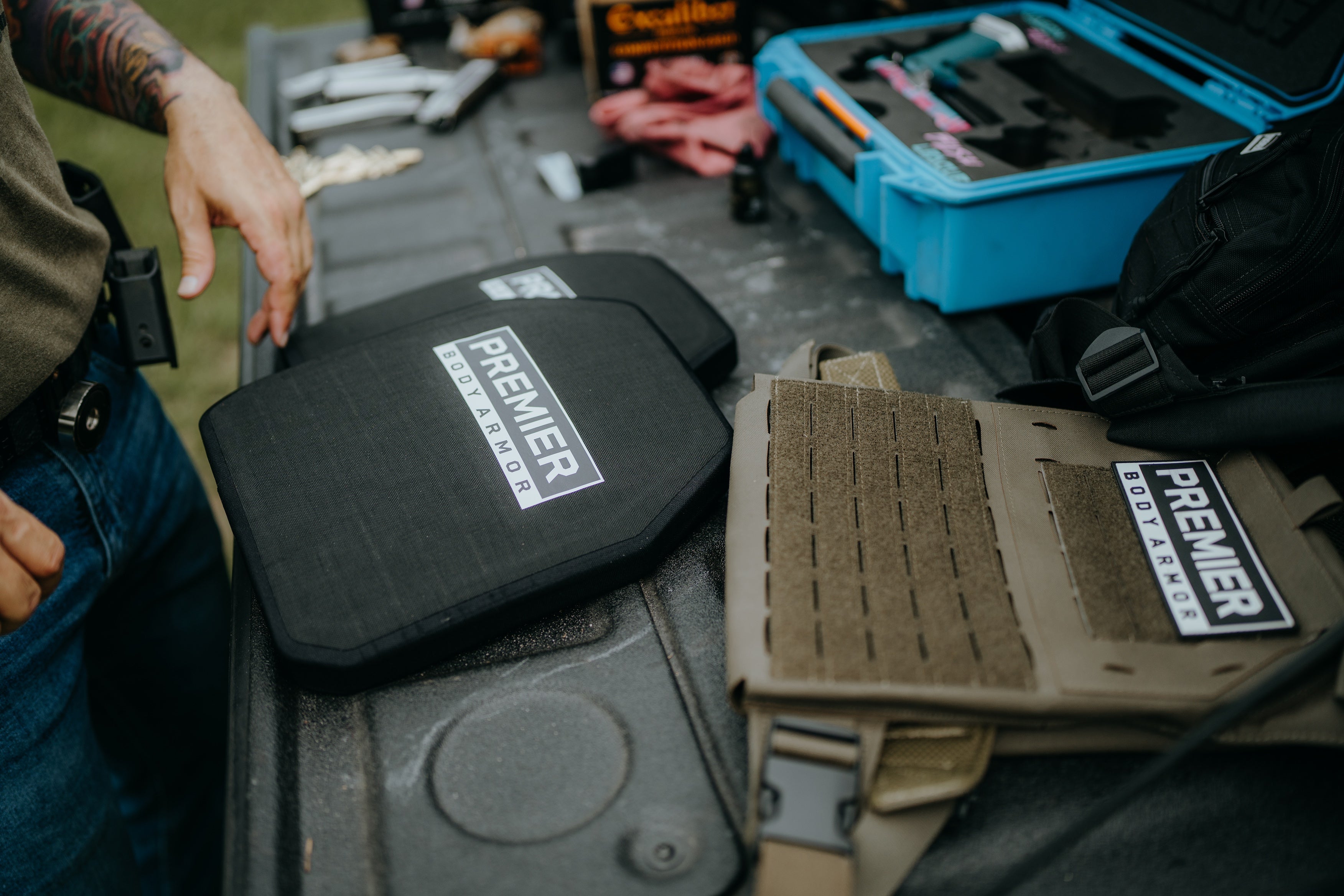
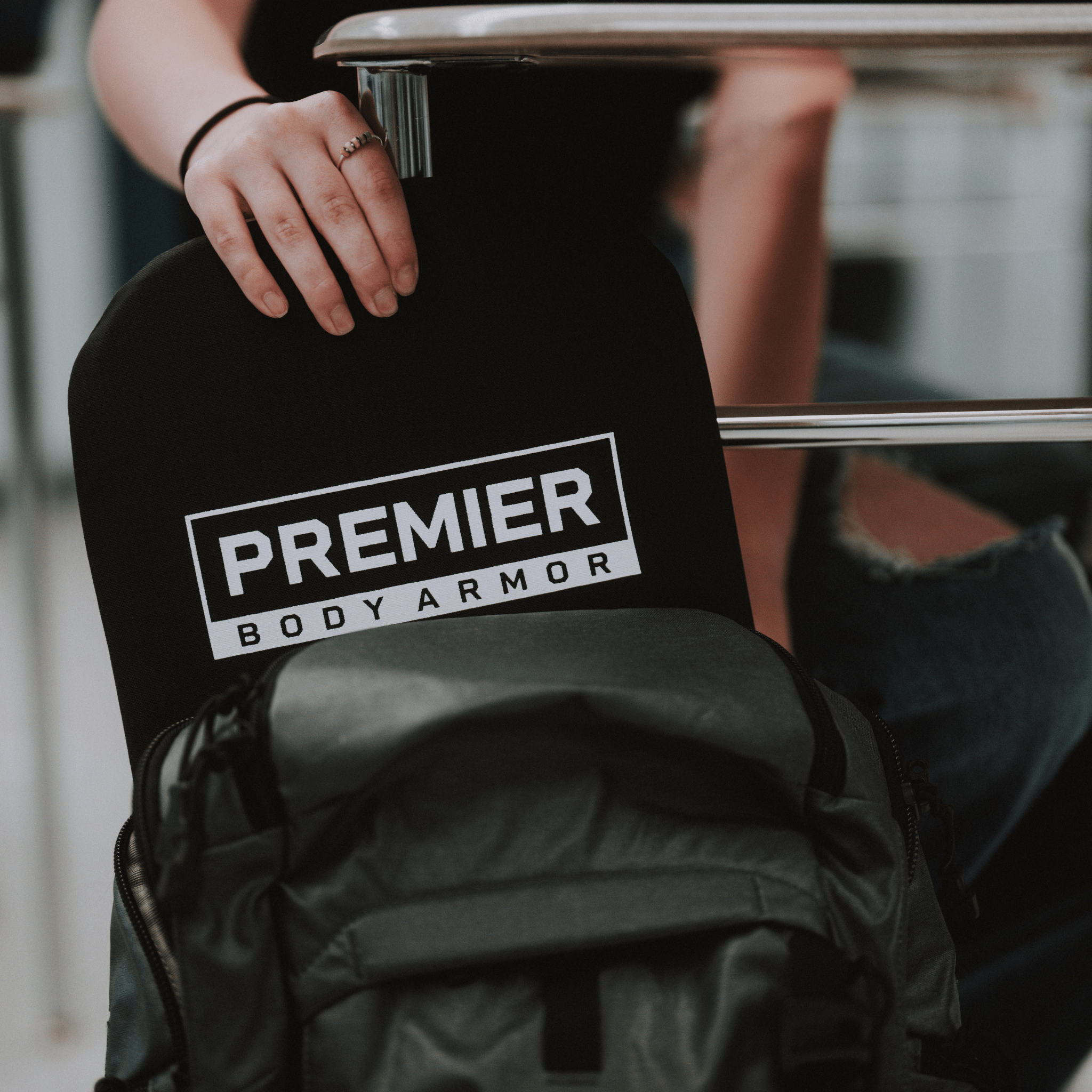
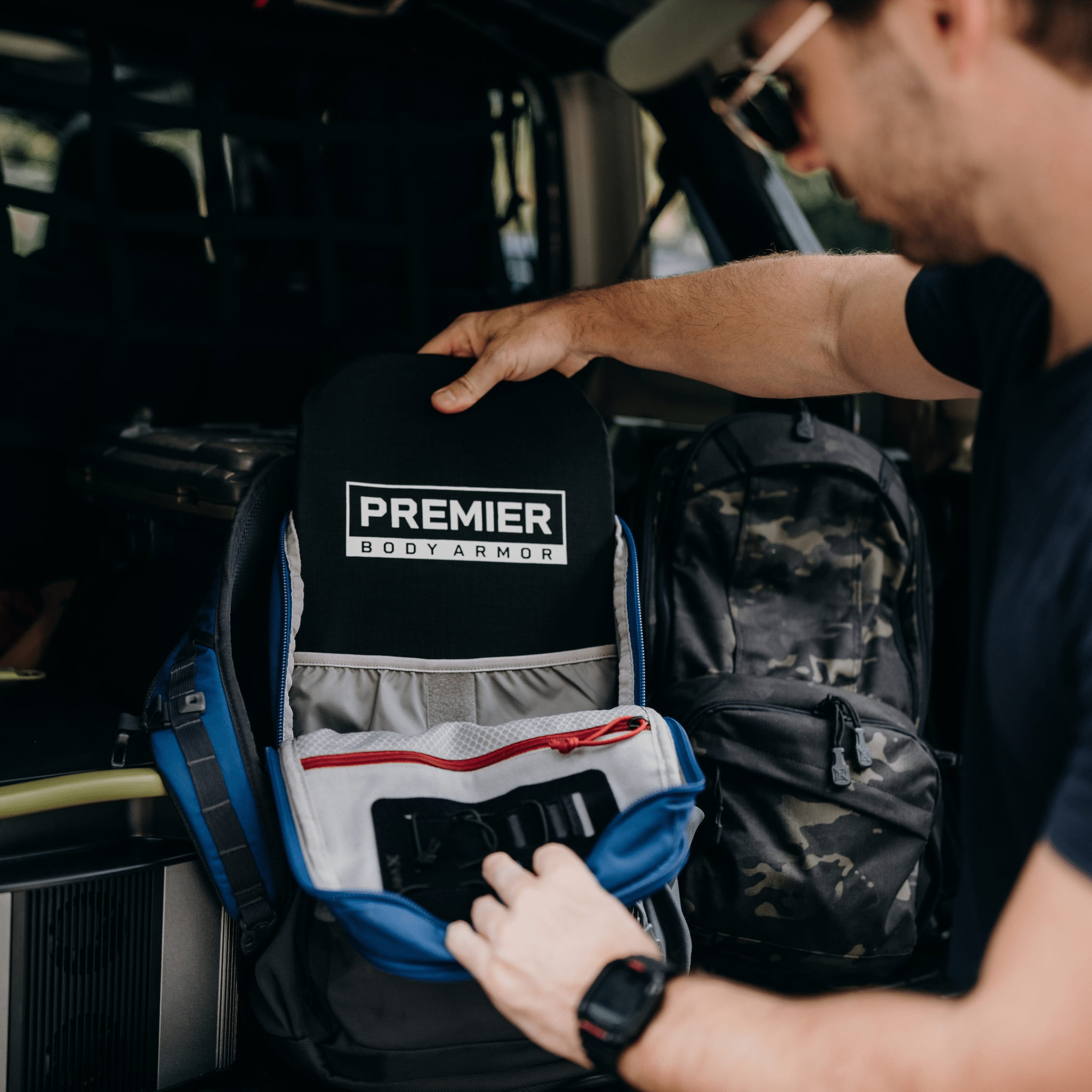
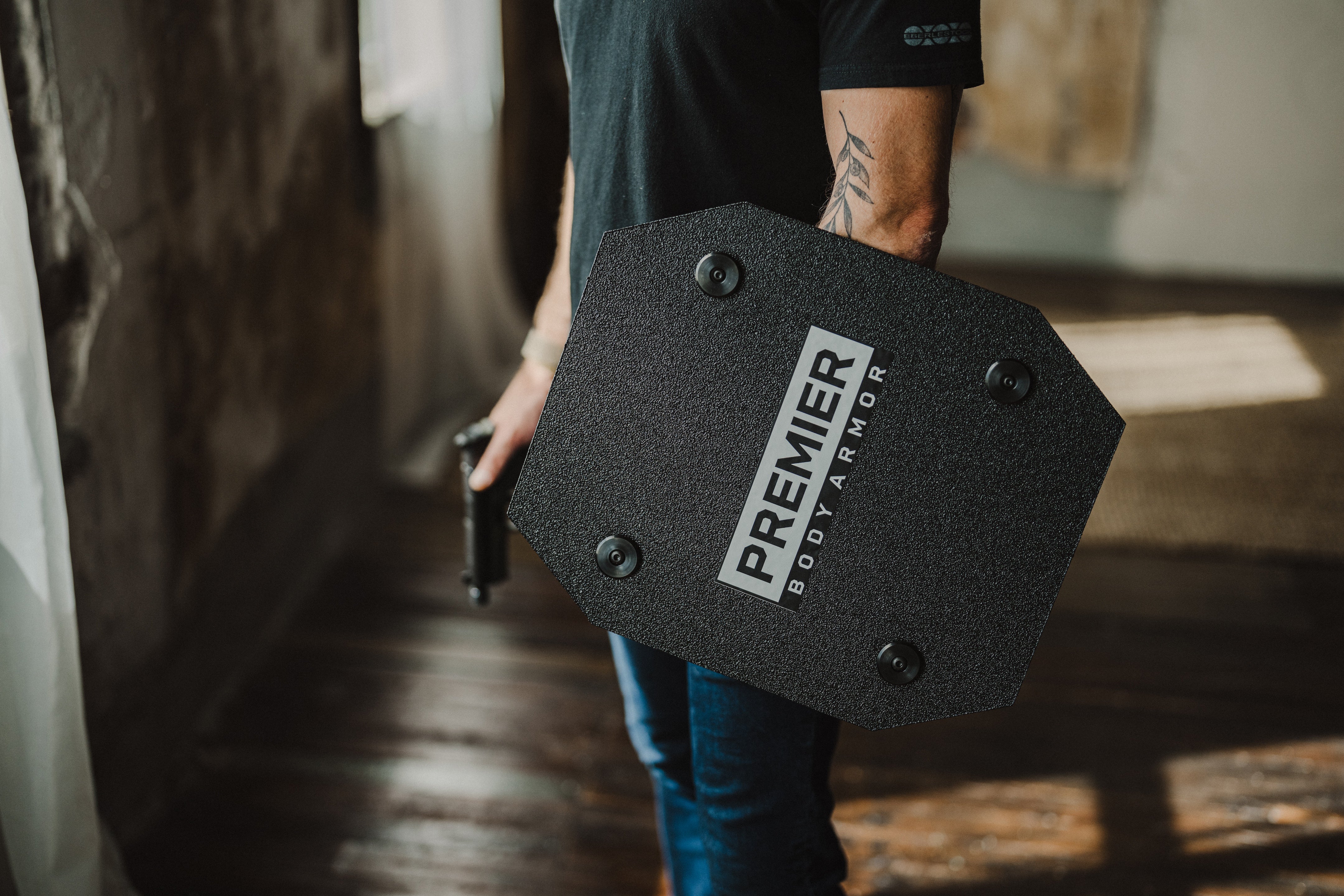

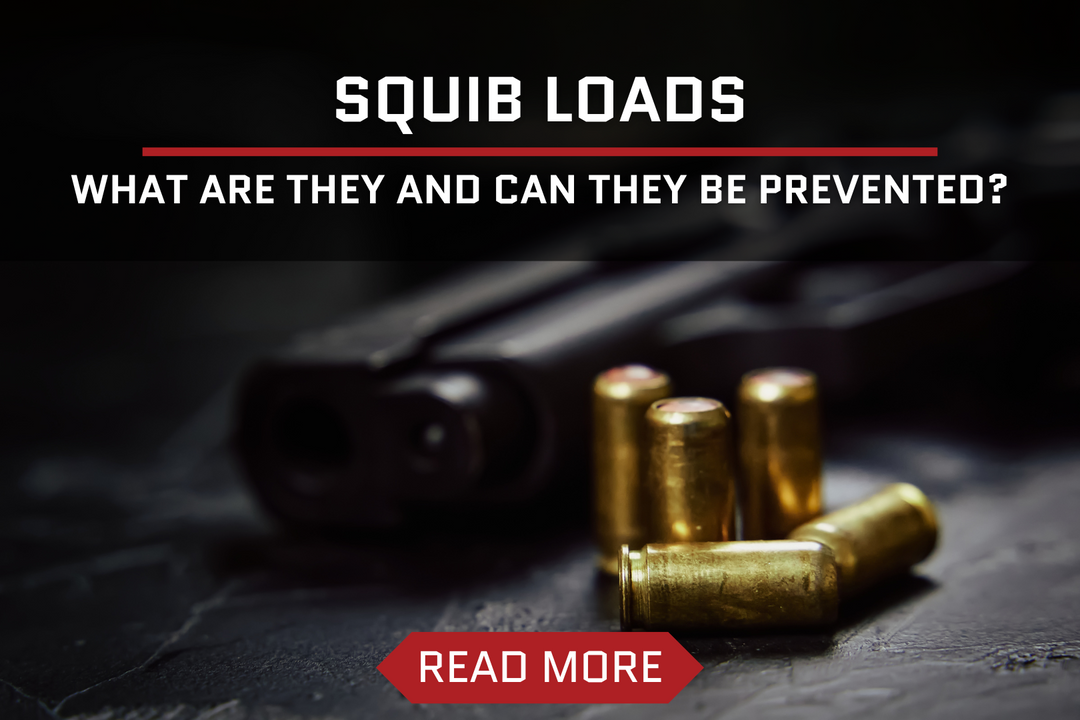


Leave a comment